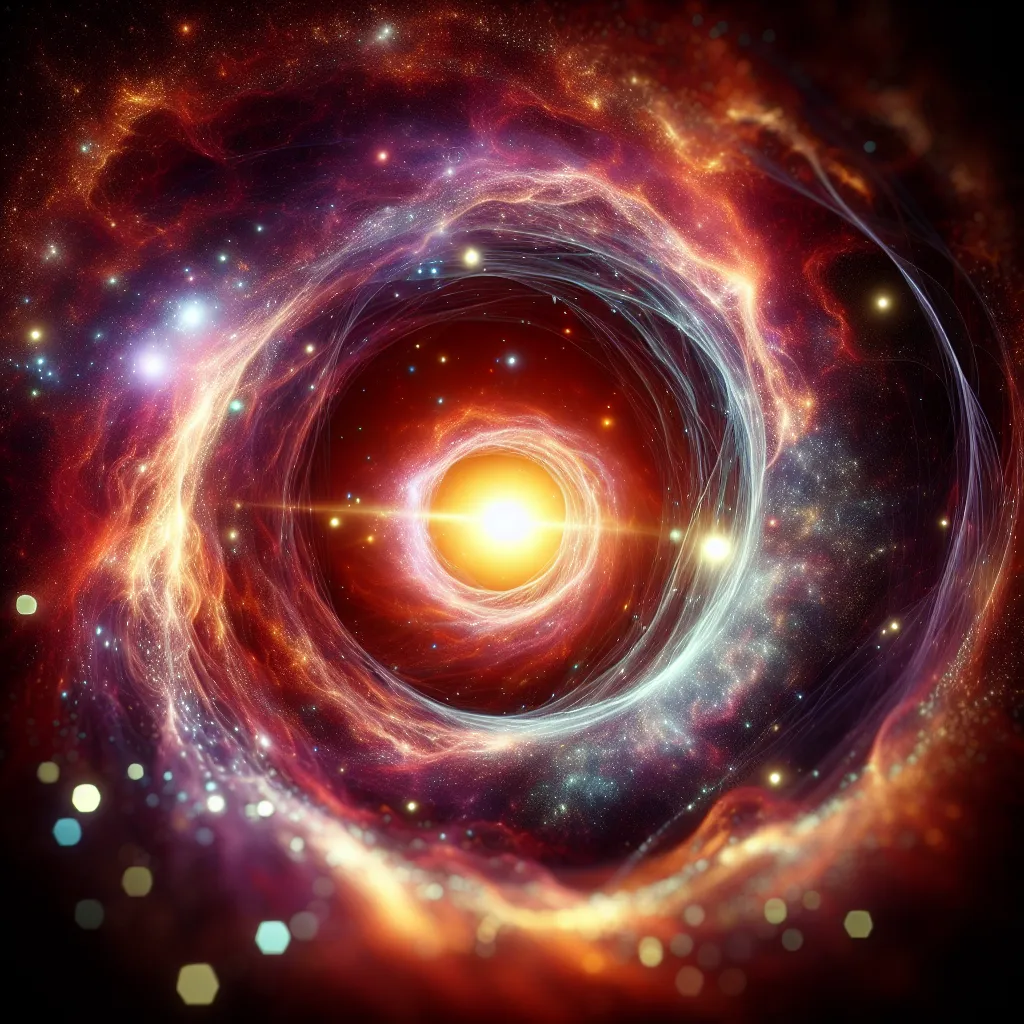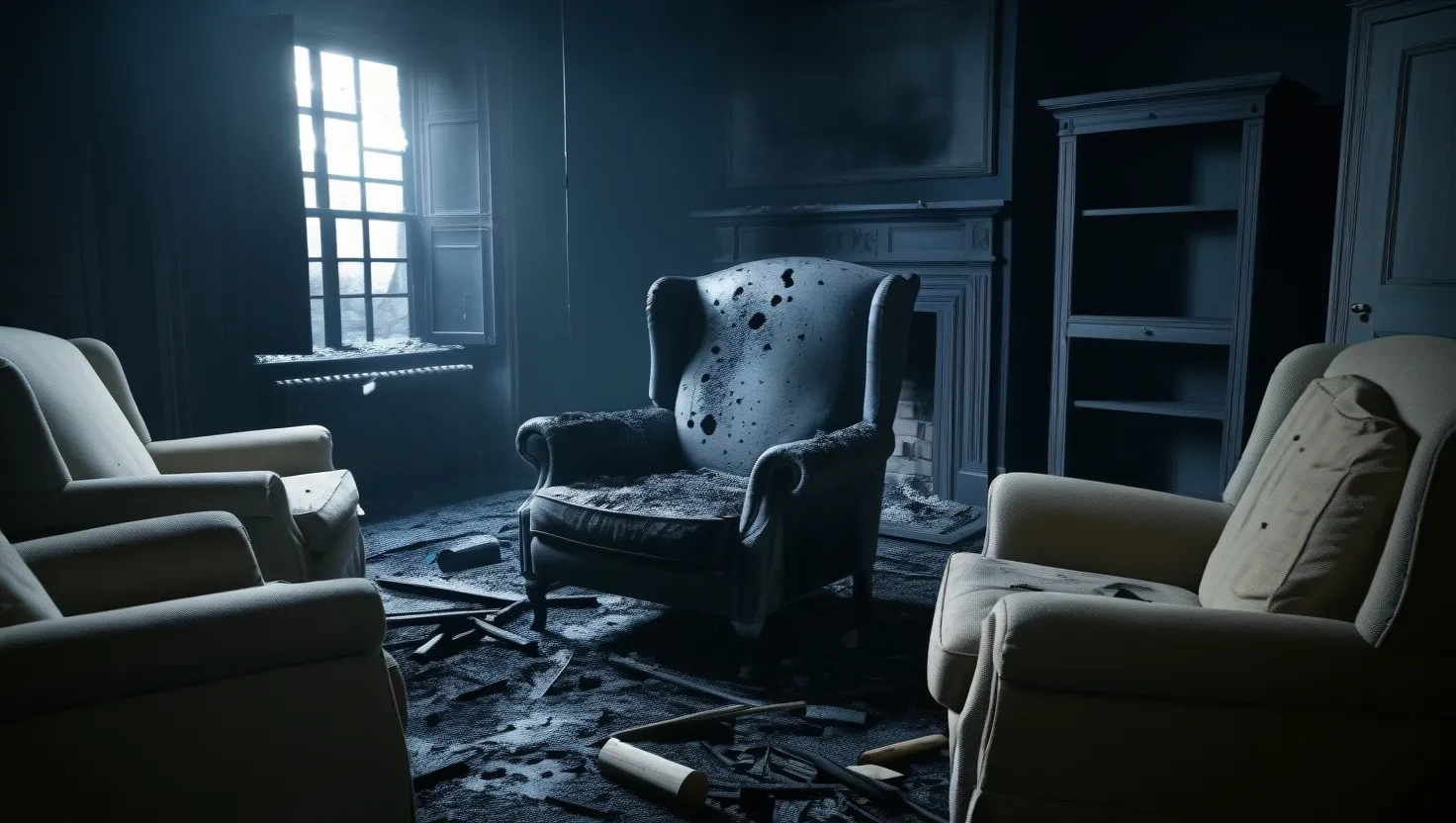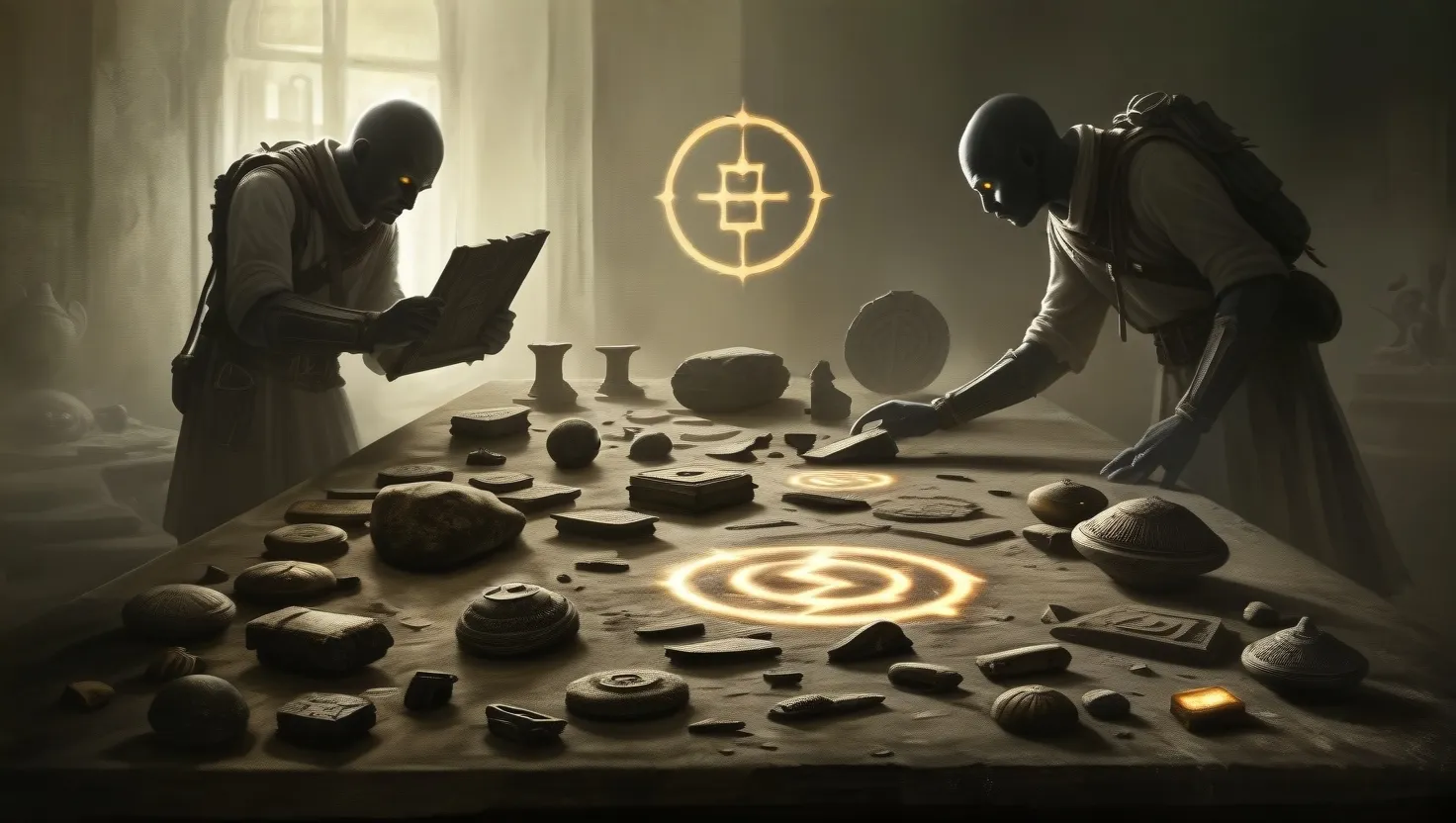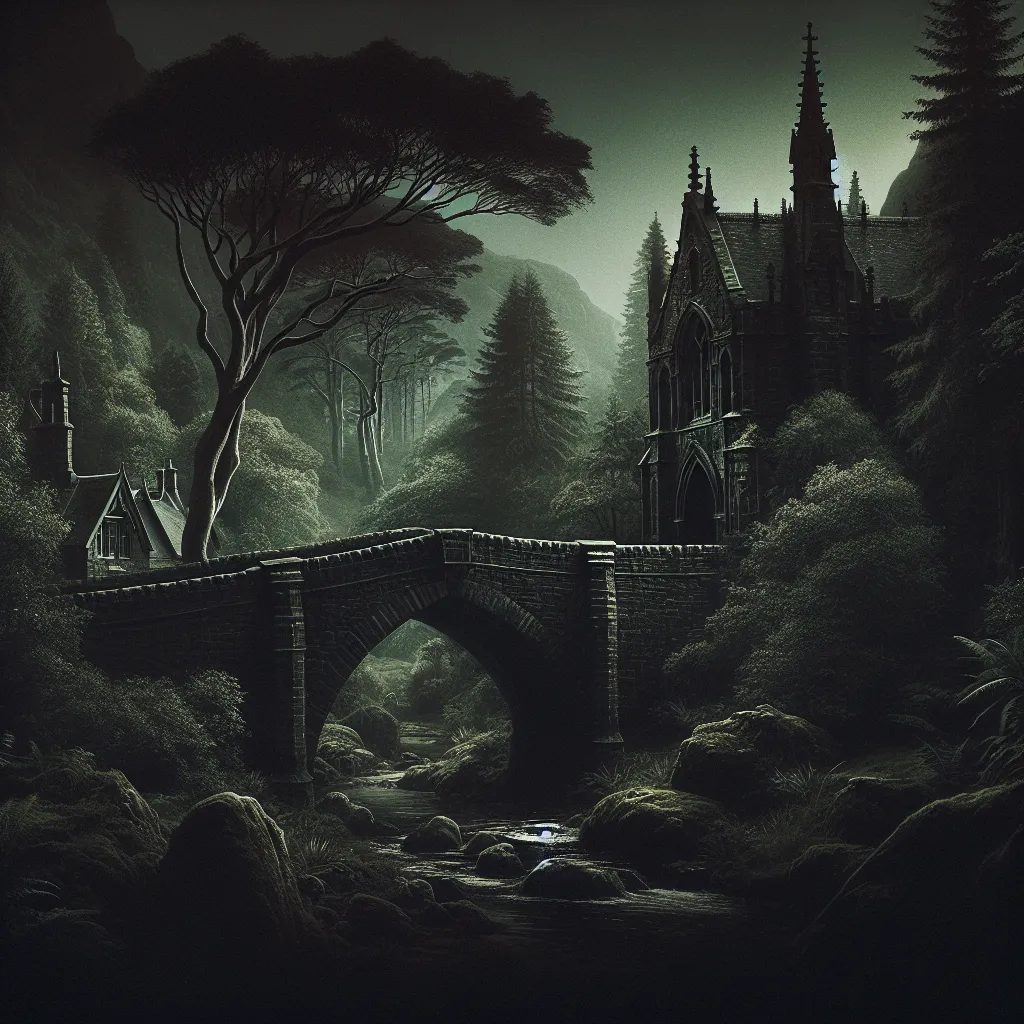Imagine stumbling upon a wormhole in reality. It would look like a black hole, round and spherical, with light from another place shining through, making it look like a window to somewhere distant. Crossing through would reveal a new world on the other side, with your old home fading away behind you. But is this just sci-fi, or can wormholes really exist? And if they do, how do they work?
For most of our history, we thought space was a simple, flat stage where the universe unfolds. Even without the stars and planets, that empty space seemed unchanging. Then came Einstein’s theory of relativity, flipping everything on its head. It suggested that space and time are like an elastic stage, not a rigid one. Objects could bend and even tear this stage, making wormholes possible.
Imagine our universe as a flat sheet. Bend this sheet the right way, and wormholes could connect distant spots with short bridges, allowing for travel faster than light. So, where are these wormholes? For now, they only exist in theory. General relativity says they might be possible, but that doesn’t mean they have to exist in reality.
The first wormholes theorized were Einstein-Rosen Bridges. These describe black holes as portals to parallel universes. Picture a flat space-time curved by an object. As the object compresses, space-time warps more and more until it forms a black hole. Crossing this event horizon is a one-way trip; nothing can escape it. On the other side, in a universe where time runs backward, it could be like a big bang, spewing matter out. But you can’t actually travel through these bridges—they would crimp shut, and you’d become dead, not transferred to another universe.
For real interstellar travel, we need Traversable Wormholes. If string theory is correct, our universe might already have countless tiny wormholes from the early universe. These could be spread across the cosmos, waiting to be found. Some physicists think supermassive black holes at galaxy centers might be wormholes. But going there to check isn’t easy.
We might not have to find a natural wormhole; we could make one. A useful wormhole must connect distant parts of space-time without trapping you. It should be big enough to avoid deadly gravitational forces. The challenge is keeping it open. Gravity wants to close wormholes, leaving only black holes. We need something to counteract this: Exotic matter with negative mass, creating a repulsive force to keep the wormhole open.
We could even use the vacuum of space, full of quantum fluctuations creating pairs of particles. Manipulating these might produce the negative mass needed.
Once stable, these wormholes could be positioned around our solar system or flicked into deep space. Earth could become a hub for interstellar travel. Yet, wormholes could also mess with fundamental aspects of the universe, possibly creating time travel paradoxes. Some scientists believe this makes them impossible, both to create and to exist.
For now, wormholes remain fascinating theories, existing in our imaginations and on paper through complex equations.






